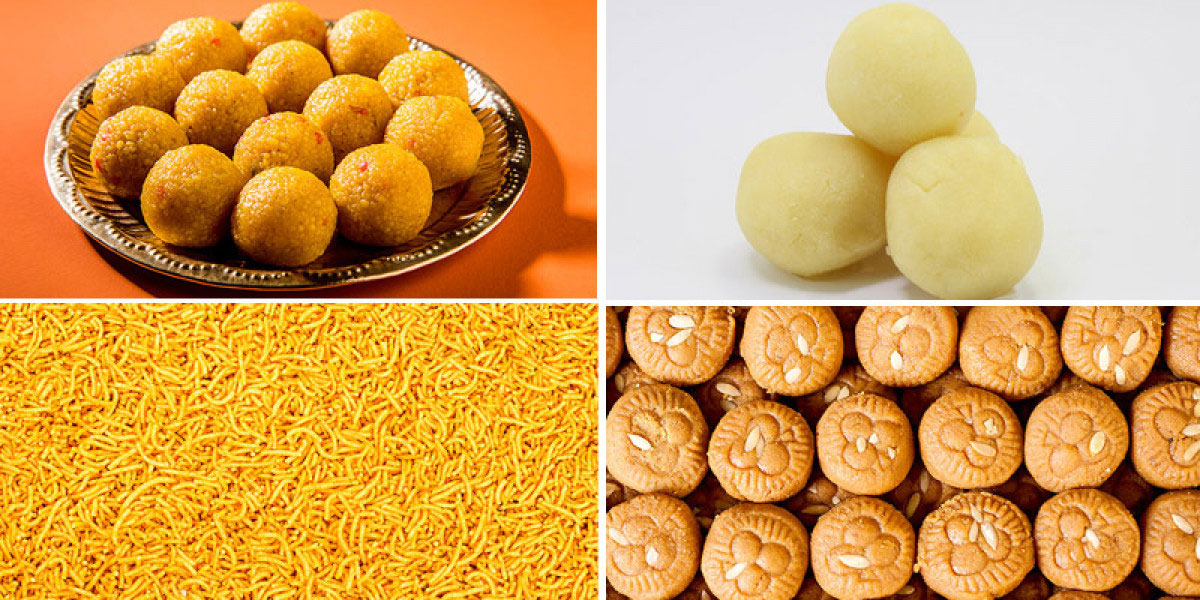Protecting traditional food with GI tags
India is a diverse land with different cuisines, traditions and handicrafts throughout the country. The range of diversity in cuisines and food items in our country is extensive. Each geographical location has a huge impact on the cuisine/dishes belonging to the area. Be it naming of the dishes or style of cooking, the location plays a big role in setting an identity to the food. Everybody knows of Dharwad peda in Karnataka, Hyderabadi Haleem and Bikaneri bhujia as famous foods to eat in that area. But did you know that these foods have a GI tag to safeguard their authenticity and are protected by the law as intellectual properties of the region? Read to know more…
GI tags or Geographical Indication tags are used to denote products that have a specific geographical origin and therefore, safeguard it under intellectual properties law. Put simply, a GI tag is an indication of the region where the product originates and is a mark of approval of the product’s quality, reputation and characteristics.
A GI tag can be given to a food item, an agricultural crop, handloom or handicraft product or a manufactured product. Once a product has a GI tag, nobody outside the geographic territory can use the product name. For example, Darjeeling Tea was the first product to receive a GI tag in India IN 2004, and only the tea grown and produced in Darjeeling can use the name.
Curious about which other food items have the GI tag in India? Here are some of them:
Tirupati laddoo
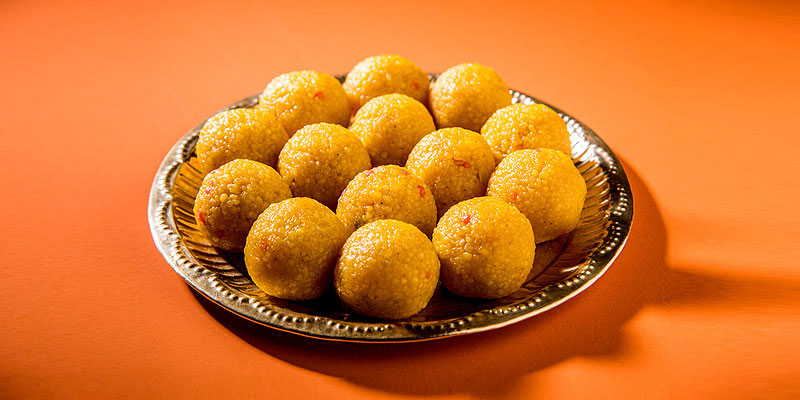
The famous Balaji temple in Tirupati has been giving out a delicious laddoo as prasad or religious offering to the devotees that visit the temple. The laddoo is made in the temple kitchen and received the GI tag in 2009 that protects the sweet and prevents other sweet makers from making and selling the sweet under the same name.
Dharwad peda
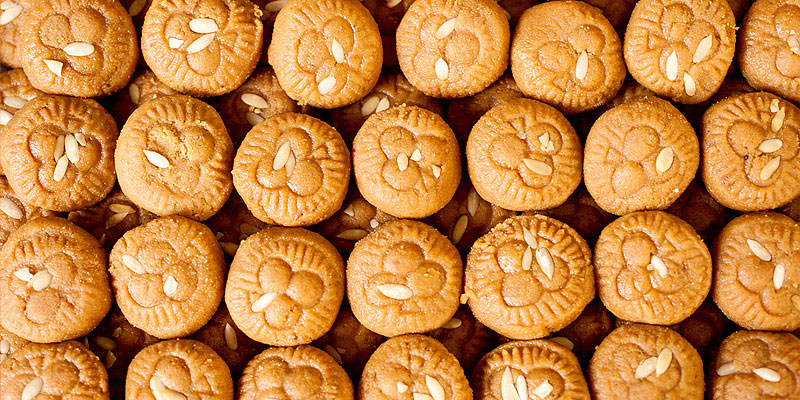
Dharwad peda owes its origin to a confectioner in the city of Dharwad in Karnataka. Made using milk from Dharwadi buffaloes, this sweet is synonymous with the city.
Bikaneri bhujia
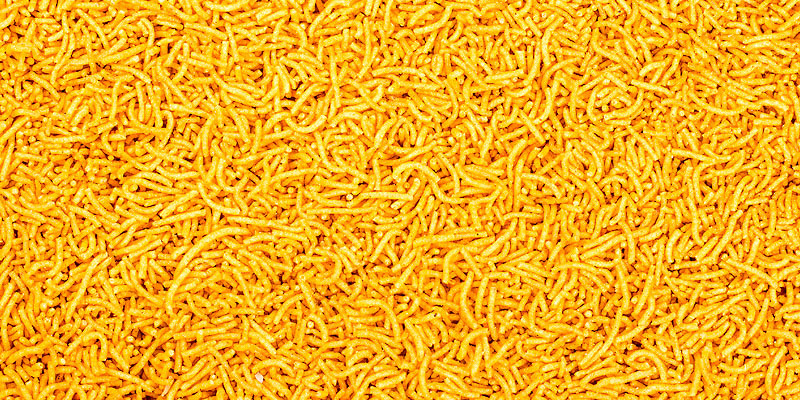
Bikaneri bhujia was first made in the princely state of Bikaner for Maharaja Dungar Singh in 1877. The crunchy and addictive snack is made all over India, but the bhujia made in Bikaner has a distinctive taste and an extraordinarily long shelf life. Bikaneri bhujia earned it GI tag in 2010 and can only be made by people in the geographical territory or Bikaner.
Hyderabad Haleem
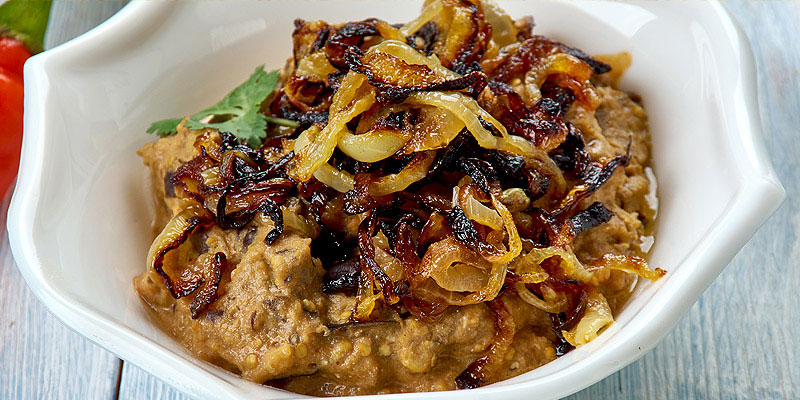
Hyderabad Haleem is a distinctive meat dish from Hyderabad that traces its history to the time of the Nizams. A stew made from meat, lentils and pounded meat, Hyderabad Haleem was the first non-vegetarian dish to receive a GI tag in India.
Banglar rosogolla
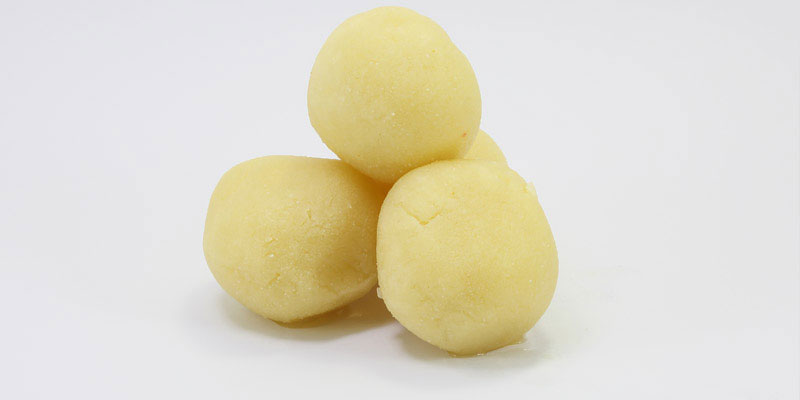
Distinct from the Odiya variety, the Banglar rosogolla is made from cottage cheese and semolina dough and cooked in sugar syrup. The battle for the origin of the sweet still wages on with both Odisha and West Bengal claiming the sweet originated in that state. One of the most popular desserts to emerge from North East India, the rosogolla is a favourite across the country.
Ratlami sev
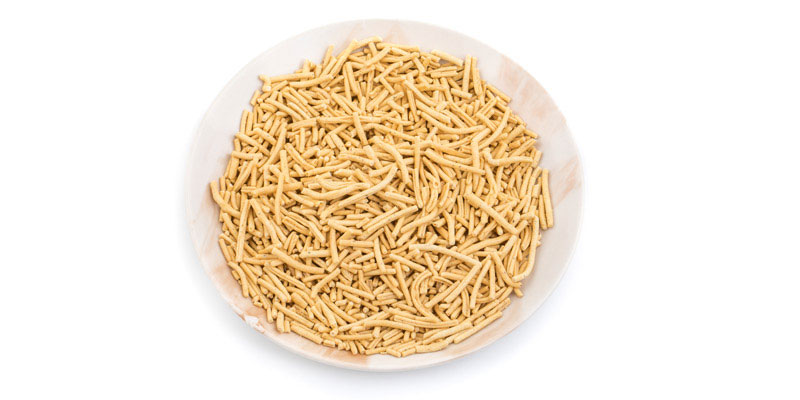
Ratlami sev is a fried savoury snack that is popular in Madhya Pradesh. Made with chickpea flour, Ratlami sev is crispy and has a unique flavour. The sev is fried in sesame oil, which makes it non-oily and incredibly delicious.
Odisha rasagola
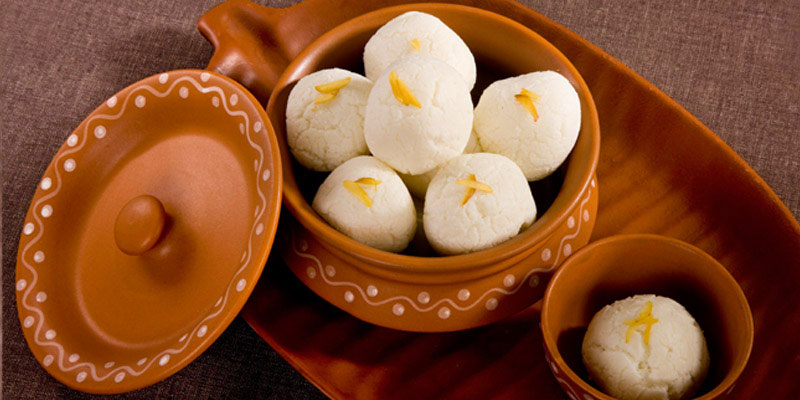
The latest food product to receive the GI tag, the Odisha rasagola dates back to 12th century when it was offered as prasad at the Puri Jagannath temple. The Odisha rasagola is considered to be softer and juicier than its Bengali counterpart.
How many of these GI-tagged foods have you eaten before? Which is your favourite? Share with us in the comments below.

